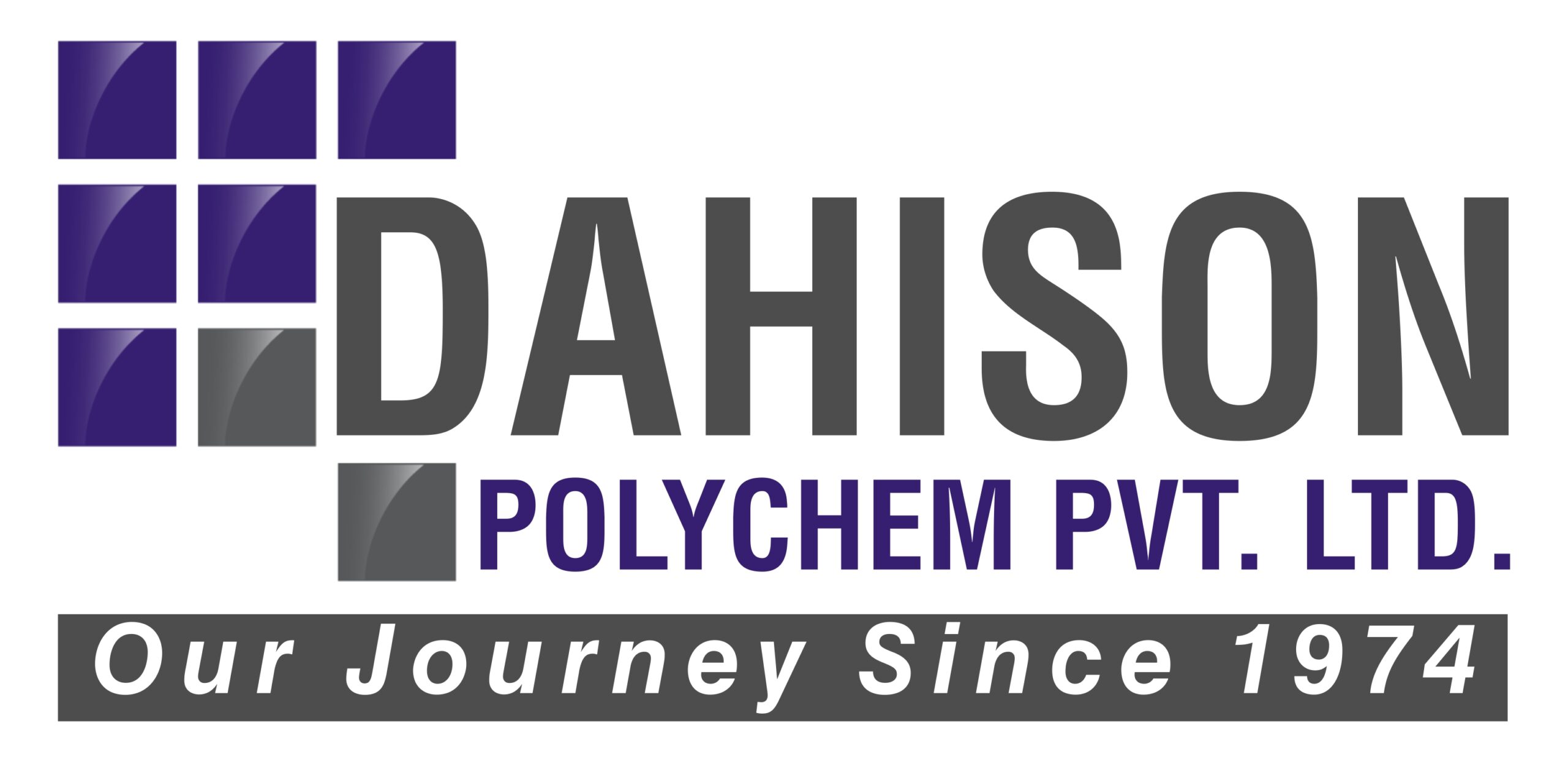ROHS
RoHS stands for Restriction of Hazardous Substances, and impacts the entire electronics industry and many electrical products as well. The original RoHS, also known as Directive 2002/95/EC, originated in the European Union in 2002 and restricts the use of six hazardous materials found in electrical and electronic products. All applicable products in the EU market since July 1, 2006 must pass RoHS compliance.
Directive 2011/65/EU was published in 2011 by the EU, which is known as RoHS-Recast or RoHS 2. RoHS 2 includes a CE-marking directive, with RoHS compliance now being required for CE marking of products. RoHS 2 also added Categories 8 and 9, and has additional compliance recordkeeping requirements.
Directive 2015/863 is known as RoHS 3. RoHS 3 adds four additional restricted substances (phthalates) to the list of six. RoHS 3 Deadline is 22 July 2019
- Cadmium (Cd): < 100 ppm
- Lead (Pb): < 1000 ppm
- Mercury (Hg): < 1000 ppm
- Hexavalent Chromium: (Cr VI) < 1000 ppm
- Polybrominated Biphenyls (PBB): < 1000 ppm
Any business that sells applicable electrical or electronic products, equipment, sub-assemblies, cables, components, or spare parts directly to RoHS-directed countries, or sells to resellers, distributors or integrators that in turn sell products to these countries, is impacted if they utilize any of the restricted 10 substances.
With the rapid spread of digitization, the world’s production of electrical and electronic devices is exploding. Besides mobile devices, think about the coming wave of IoT, smart home assistants, robots, drones, 3D printers, and home medical devices to all corners of the planet….they are all regulated under RoHS.
EU RoHS specifies maximum levels for the following 10 restricted substances. The first six applied to the original RoHS while the last four were added under RoHS 3, which takes effect July 22, 2019.
- Polybrominated Diphenyl Ethers (PBDE): < 1000 ppm
- Bis(2-Ethylhexyl) phthalate (DEHP): < 1000 ppm
- Benzyl butyl phthalate (BBP): < 1000 ppm
- Dibutyl phthalate (DBP): < 1000 ppm
- Diisobutyl phthalate (DIBP): < 1000 ppm
Related to RoHS is WEEE, which stands for Waste from Electrical and Electronic Equipment. WEEE Directive 2002/96/EC mandates the treatment, recovery and recycling of electric and electronic equipment (90% ends up in landfills). All applicable products in the EU market must pass WEEE compliance and carry the “Wheelie Bin” sticker.
REACH
REACH is a regulation of the European Union, adopted to improve the protection of human health and the environment from the risks that can be posed by chemicals, while enhancing the competitiveness of the EU chemicals industry. It also promotes alternative methods for the hazard assessment of substances in order to reduce the number of tests on animals.
In principle, REACH applies to all chemical substances; not only those used in industrial processes but also in our day-to-day lives, for example in cleaning products, paints as well as in articles such as clothes, furniture and electrical appliances. Therefore, the regulation has an impact on most companies across the EU.
REACH places the burden of proof on companies. To comply with the regulation, companies must identify and manage the risks linked to the substances they manufacture and market in the EU. They have to demonstrate to ECHA how the substance can be safely used, and they must communicate the risk management measures to the users.
If the risks cannot be managed, authorities can restrict the use of substances in different ways. In the long run, the most hazardous substances should be substituted with less dangerous ones.
REACH stands for Registration, Evaluation, Authorisation and Restriction of Chemicals. It entered into force on 1 June 2007.
How does REACH work?
REACH establishes procedures for collecting and assessing information on the properties and hazards of substances.
Companies need to register their substances and to do this they need to work together with other companies who are registering the same substance.
ECHA receives and evaluates individual registrations for their compliance, and the EU Member States evaluate selected substances to clarify initial concerns for human health or for the environment. Authorities and ECHA’s scientific committees assess whether the risks of substances can be managed.
Authorities can ban hazardous substances if their risks are unmanageable. They can also decide to restrict a use or make it subject to a prior authorisation.
REACH’s effect on companies
REACH impacts on a wide range of companies across many sectors, even those who may not think of themselves as being involved with chemicals.
In general, under REACH you may have one of these roles:
Manufacturer: If you make chemicals, either to use yourself or to supply to other people (even if it is for export), then you will probably have some important responsibilities under REACH.
Importer: If you buy anything from outside the EU/EEA, you are likely to have some responsibilities under REACH. It may be individual chemicals, mixtures for onwards sale or finished products, like clothes, furniture or plastic goods.
Downstream users: Most companies use chemicals, sometimes even without realising it, therefore you need to check your obligations if you handle any chemicals in your industrial or professional activity. You might have some responsibilities under REACH.
Companies established outside the EU: If you are a company established outside the EU, you are not bound by the obligations of REACH, even if you export their products into the customs territory of the European Union. The responsibility for fulfilling the requirements of REACH, such as registration lies with the importers established in the European Union, or with the only representative of a non-EU manufacturer established in the European Union.

